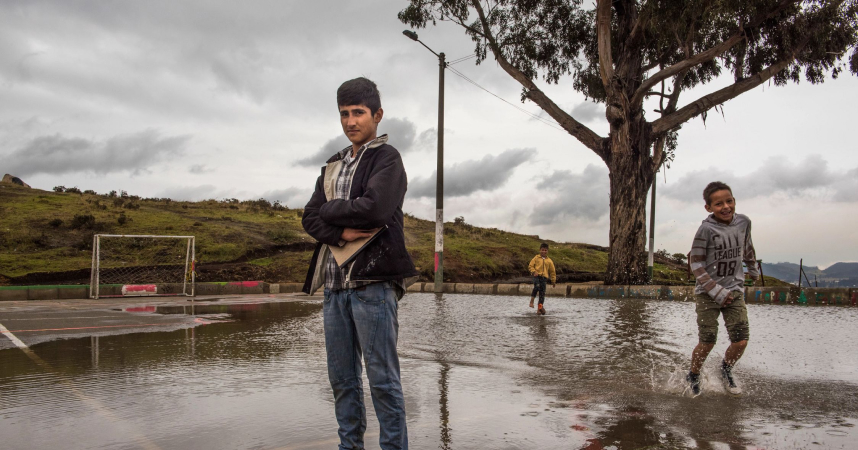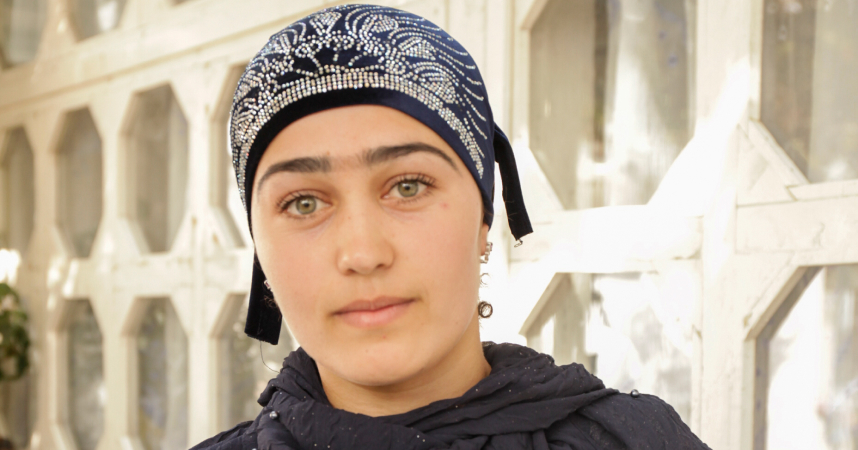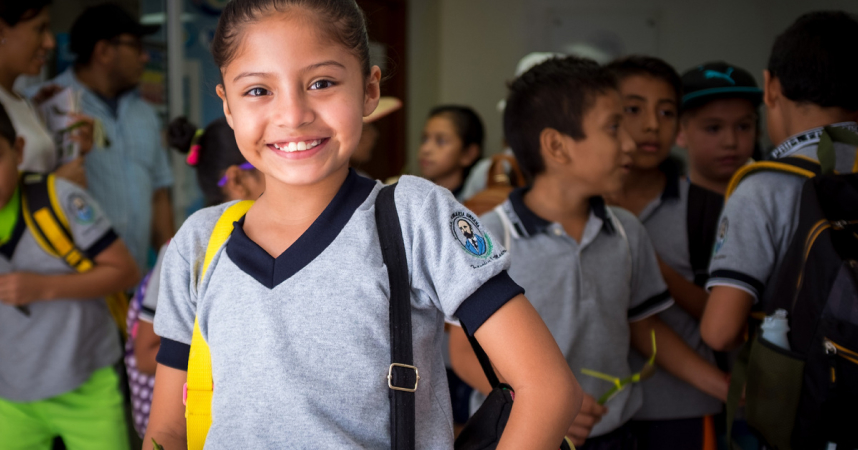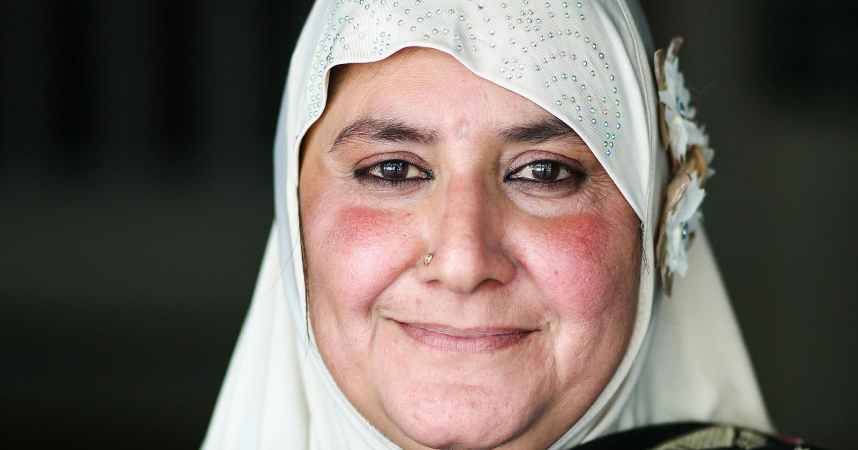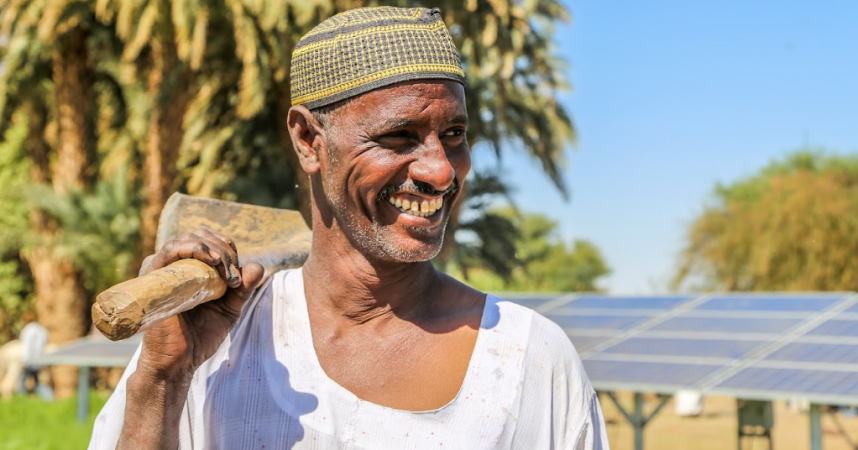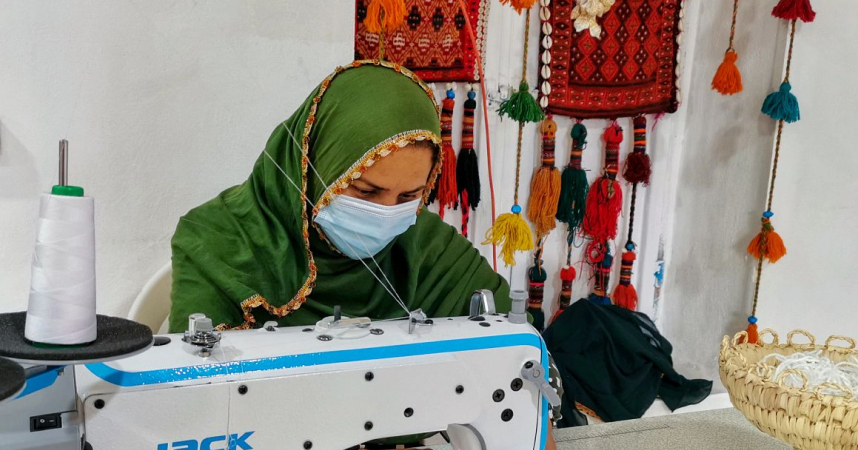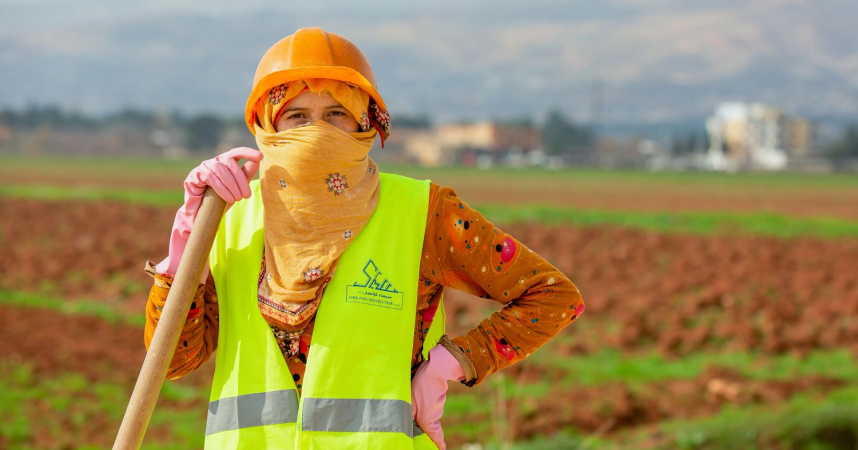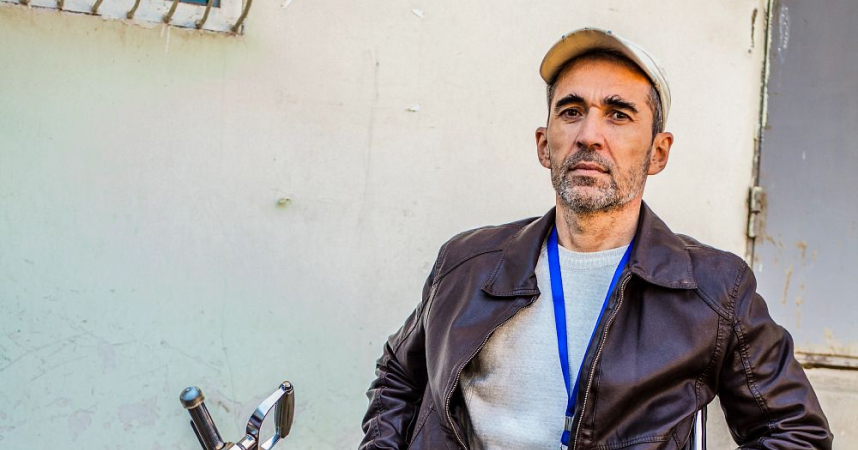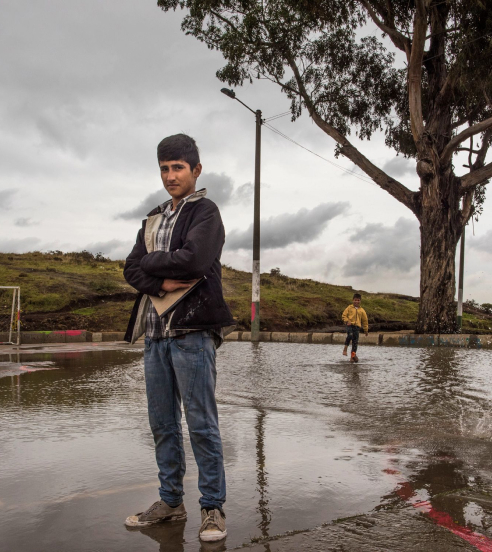Goal 2: Zero hunger
Ensure nutritious and sufficient food for all
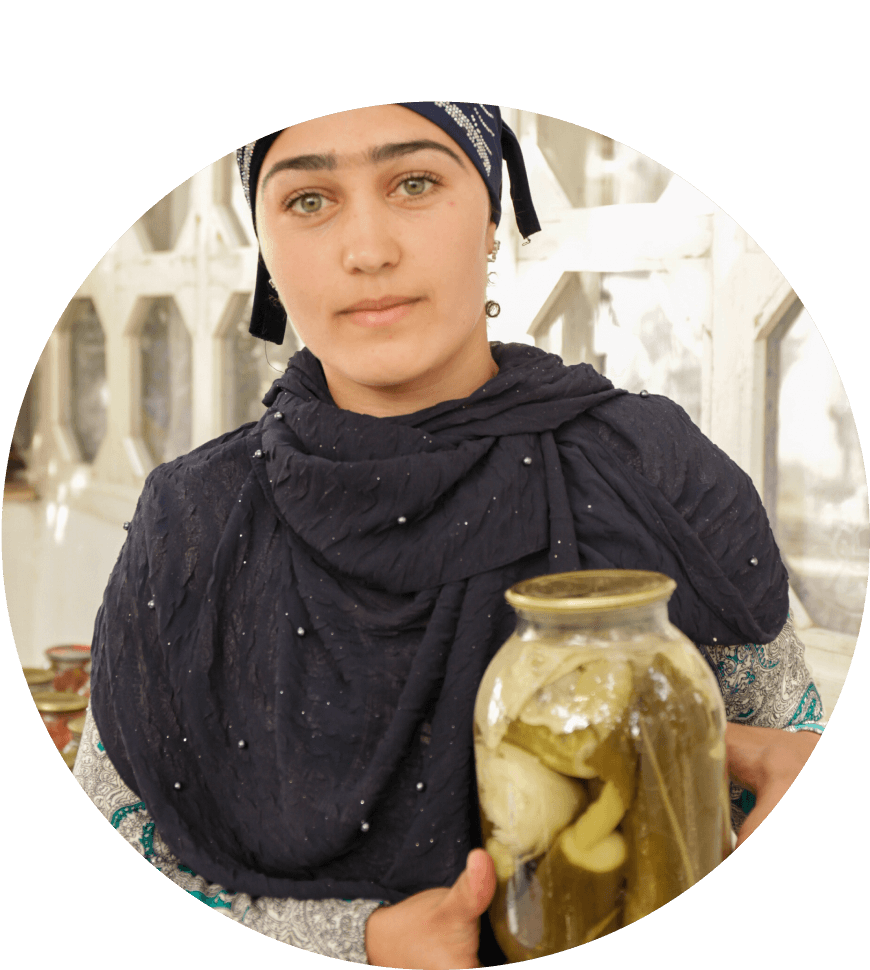
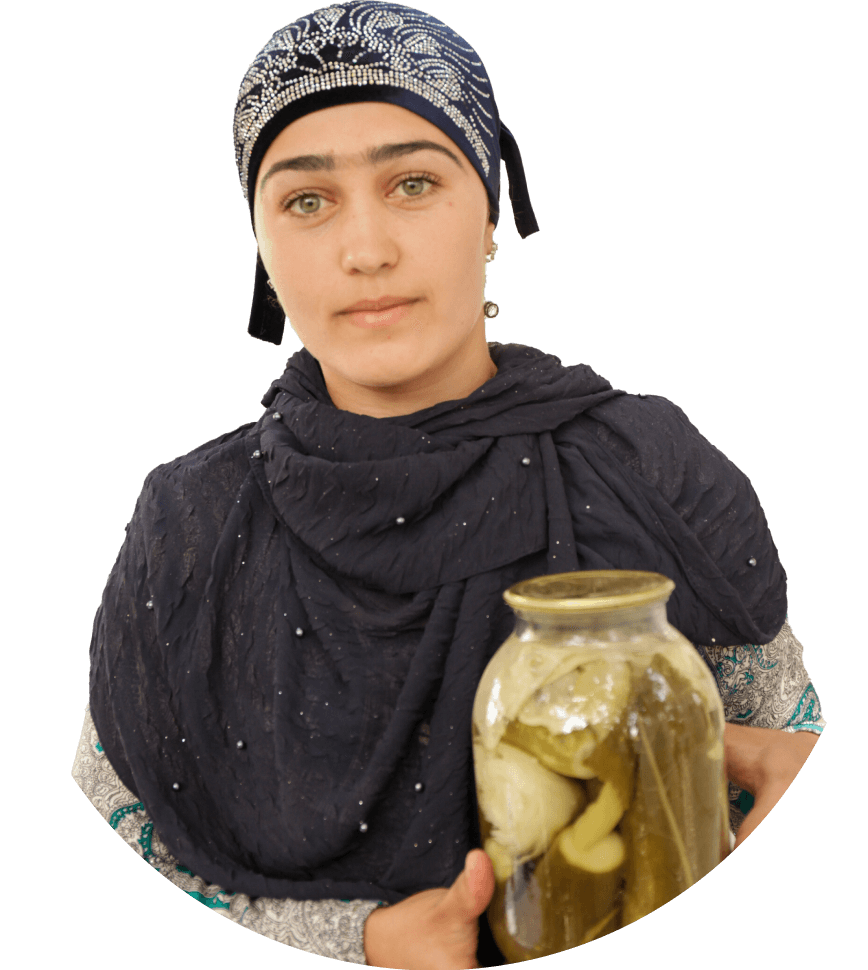




2022
9.2%
of people in the world faced chronic hunger.
Hunger and malnutrition remain obstacles to sustainable development, and that has been compounded by COVID, conflict and climate change. The global cost-of-living crisis has seen food prices soar, putting a healthy diet out of reach for many.
Some 122 million more people faced hunger in 2022 than in 2019, before the pandemic.

2022

2.4B
billion people, 30 percent of the world’s population, were moderately or severely food insecure.
+600M
people still will be facing hunger in 2030, if nothing changes.


To achieve zero hunger, we need policy solutions that address poverty and inequality and invest in sustainable agriculture. And we must transform our food systems to make them more resilient to extreme weather conditions and other shocks.
Brave land
After two hurricanes hit Cuba in 2008, the government introduced a policy to revive the ravaged and unproductive landscape. Partly due to the lack of imported agricultural inputs, low-input, sustainable farming methods were promoted.
Onay Martinez Diaz is one of 12,000 farmers who took part in the initiative. Today, he applies principles such as green manuring, mulching, bio-fertilizers, bio-pesticides, intercropping and mixed agro-forestry on his 22-hectare organic farm named ‘Tierra Brava’, meaning ‘brave land’. The diverse range of crops, and their different fruiting times, allow Onay to supply several markets over much longer periods in the year.

Photo credits
-
UNDP/Beyond Borders Media
-
UNDP/Midori Paxton

